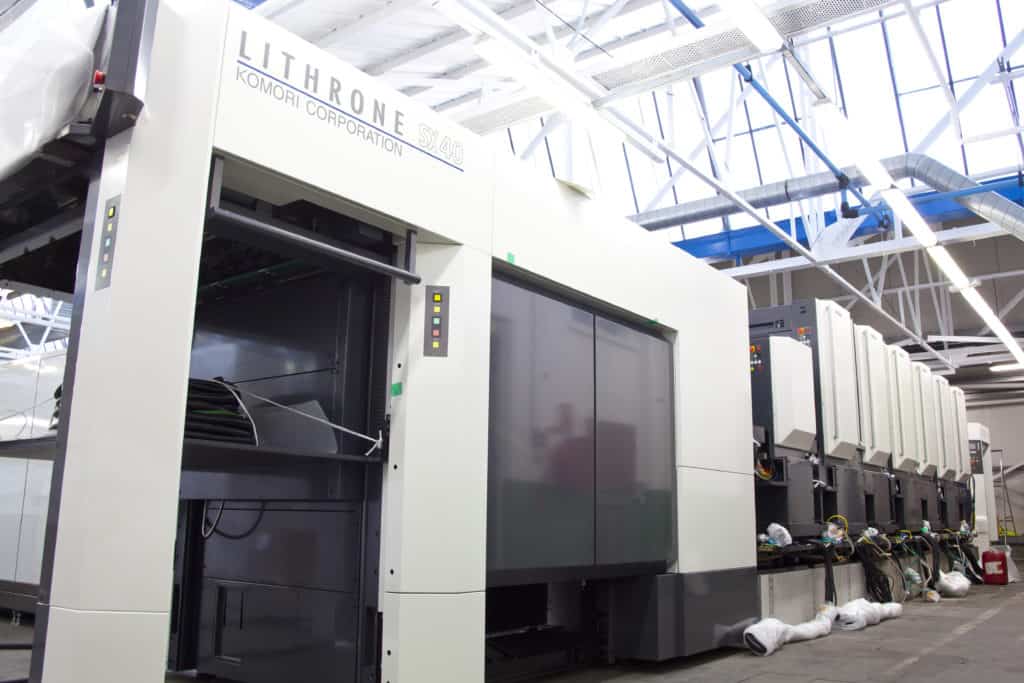Call FREE: 0800 046 9840
Email us: enquiries@merritts.uk.com


PUWER stands for the ‘Provision and Use of Work Equipment Regulations’ 1998. The regulations deal with the work equipment and machinery used every day in workplaces and aims to keep people safe wherever equipment and machinery is used at work.

This regulation requires that organisations ensure that the equipment used is suitable for its purpose, maintained to be safe and not risk health and safety and inspected by a competent worker who should record the results.
If you are planning a heavy machinery moving project, PUWER will have a heavy impact on your planning and approach.
In the first instance, it your duty to ensure that work equipment is constructed or adapted as to be suitable for the purpose for which it is used or provided. In practice this means that the vehicles, lifting equipment, mounting supports and other specialist tackle are deemed suitable for use to move heavy machinery. In practice, this could mean not using your own fork-lift or other lift equipment as it may not be suitable.
Secondly, in selecting work equipment, every employer has to consider the working conditions and the risks to the health and safety of persons which exist in the premises or undertaking in which that work equipment is to be used and any additional risk posed using that work equipment. In a heavy machinery moving project this will be assessed as part of the risk assessment and the resulting method statements that are prepared detailing the scope of the project.
Thirdly, every employer must ensure that work equipment is used only for operations for which, and under conditions for which, it is suitable. In practice, typical examples may include not using any old wooden block to support a machine leg etc! In defining this regulation “suitable” means suitable in any respect which it is reasonably foreseeable will affect the health or safety of any person.
Summary
The purpose of the PUWER regulations is to ensure that those using and working with equipment and machinery, such as employees, employers, contractors, traders and anybody who could possibly have access to equipment or machinery in a workplace, does so in a safe working environment.
